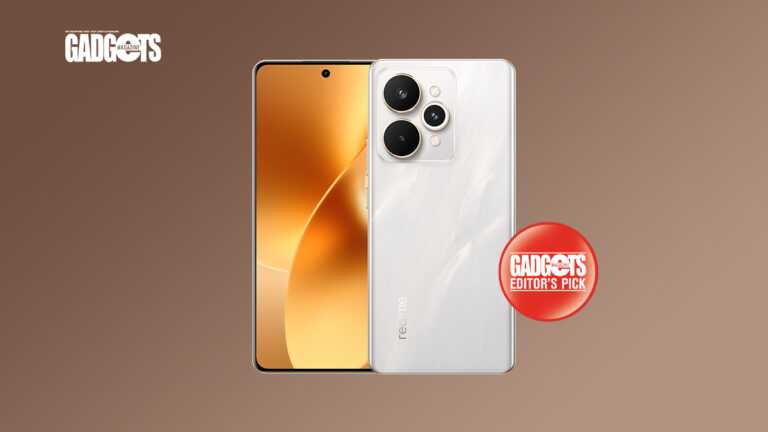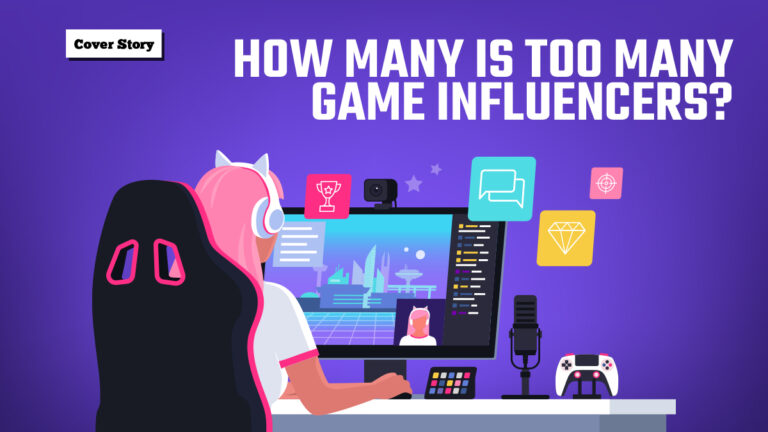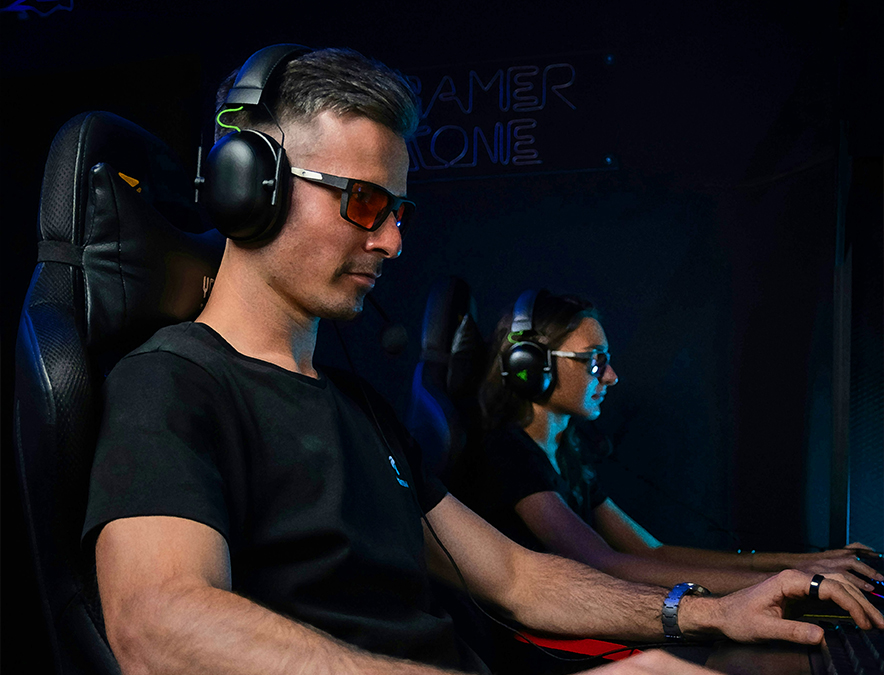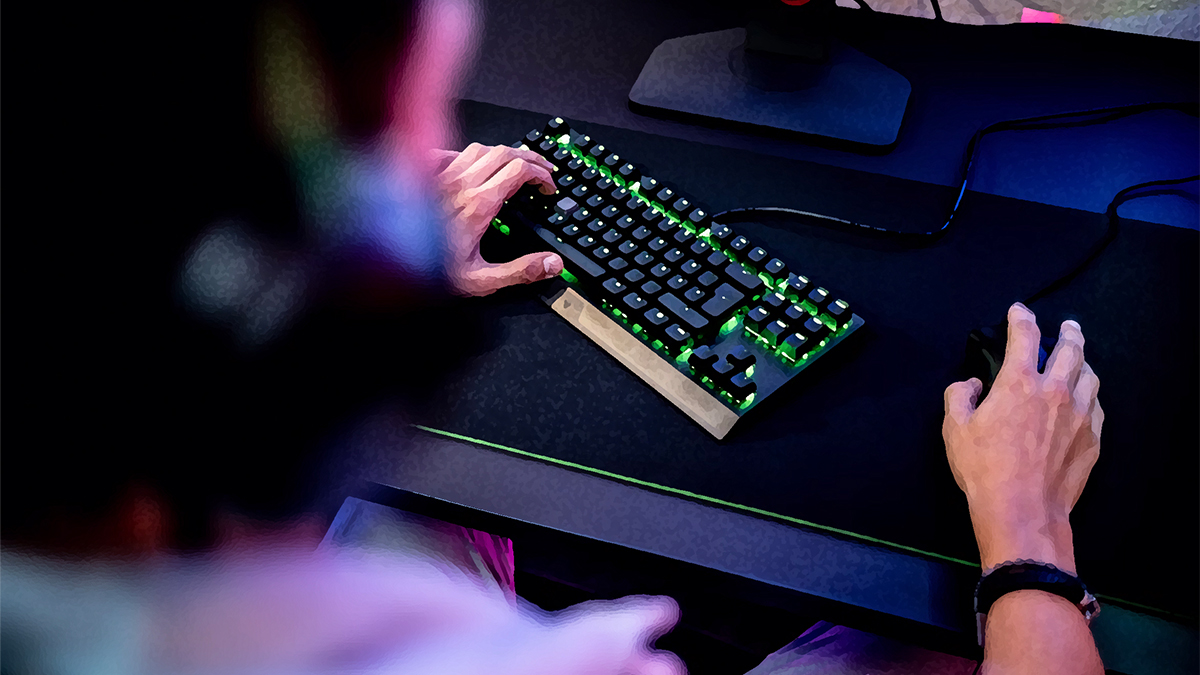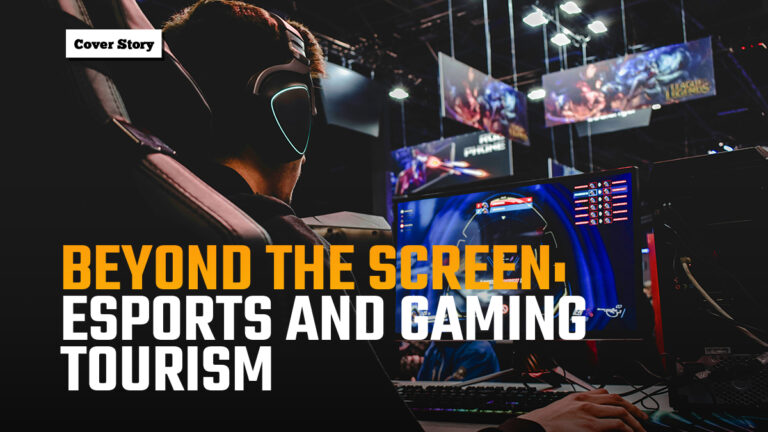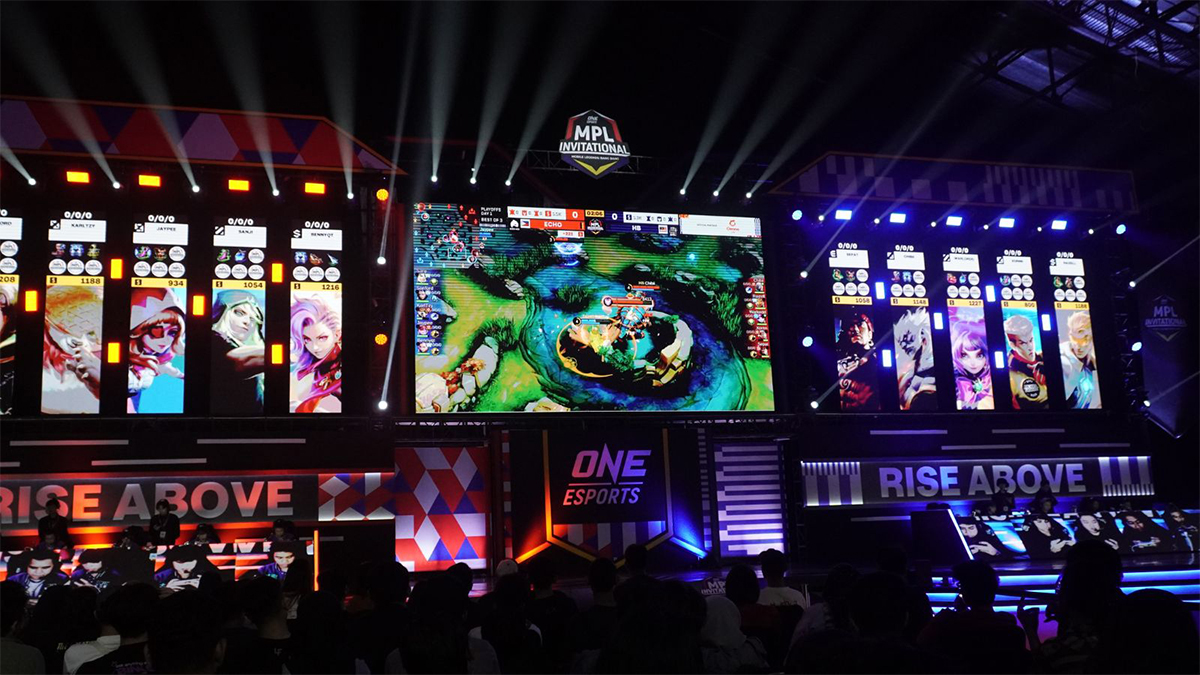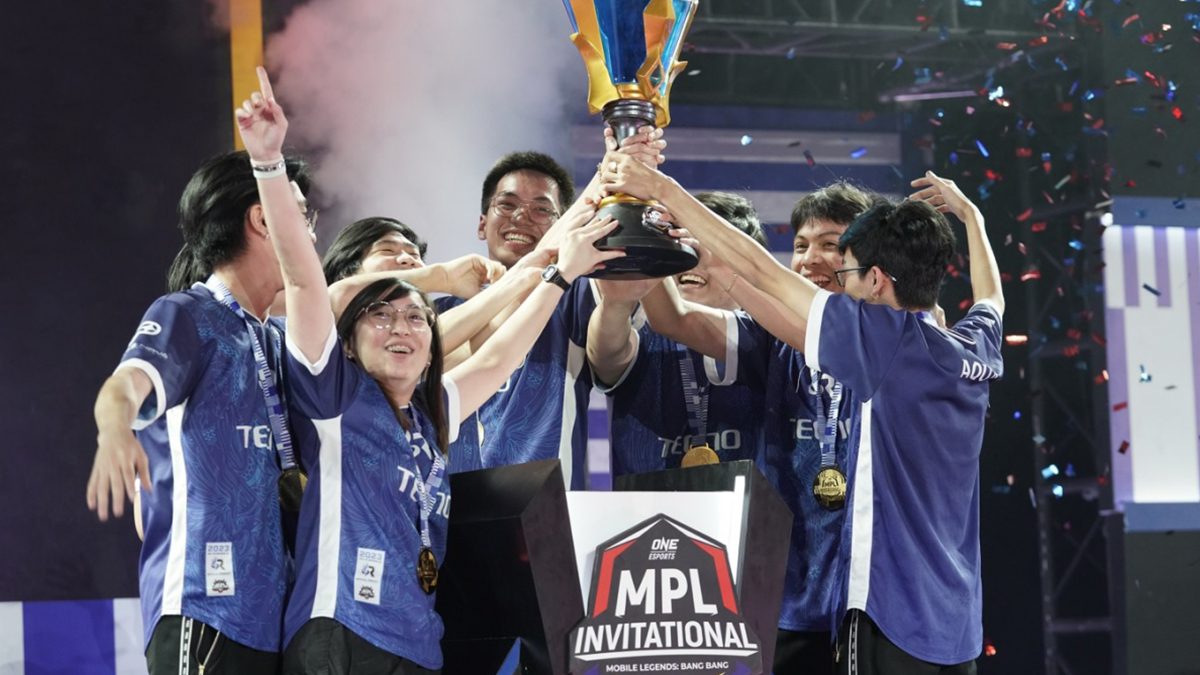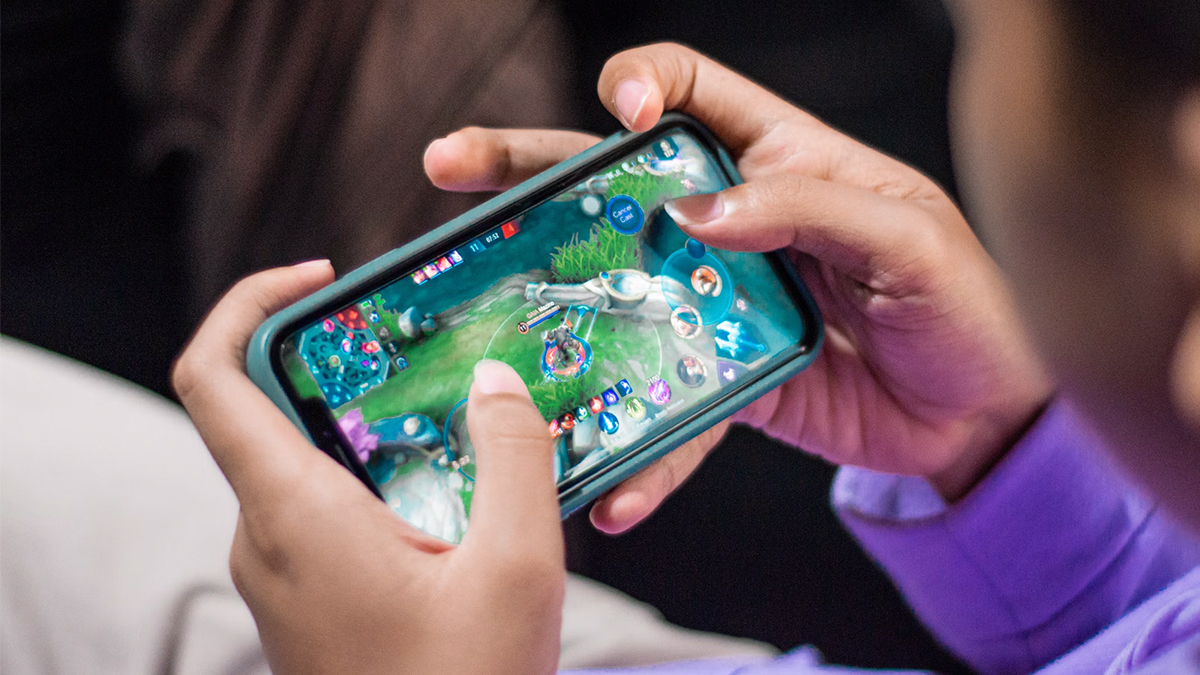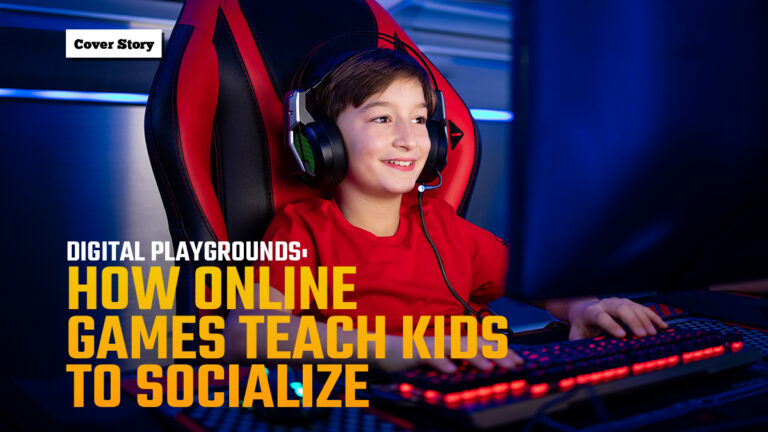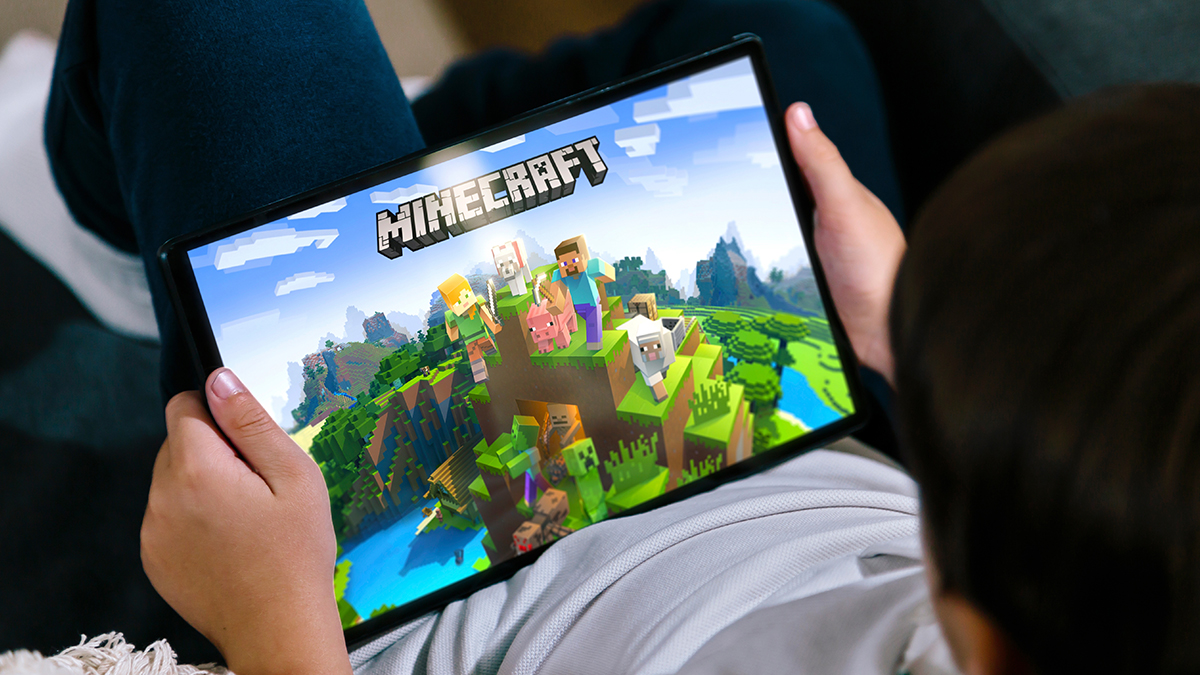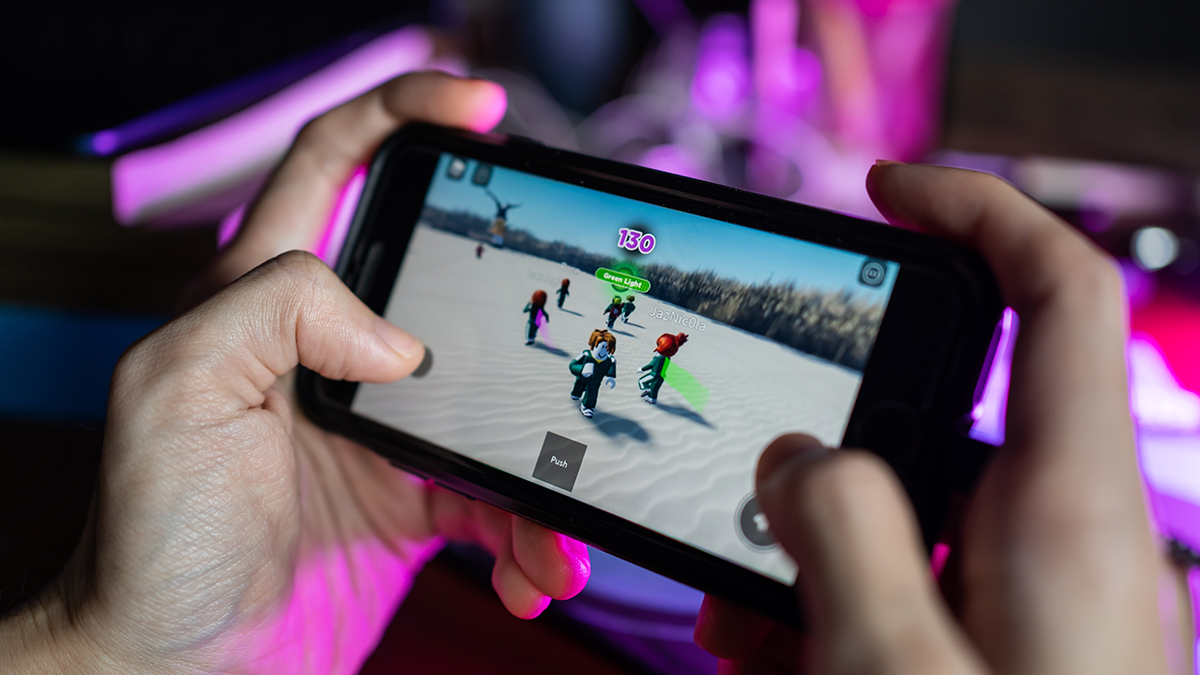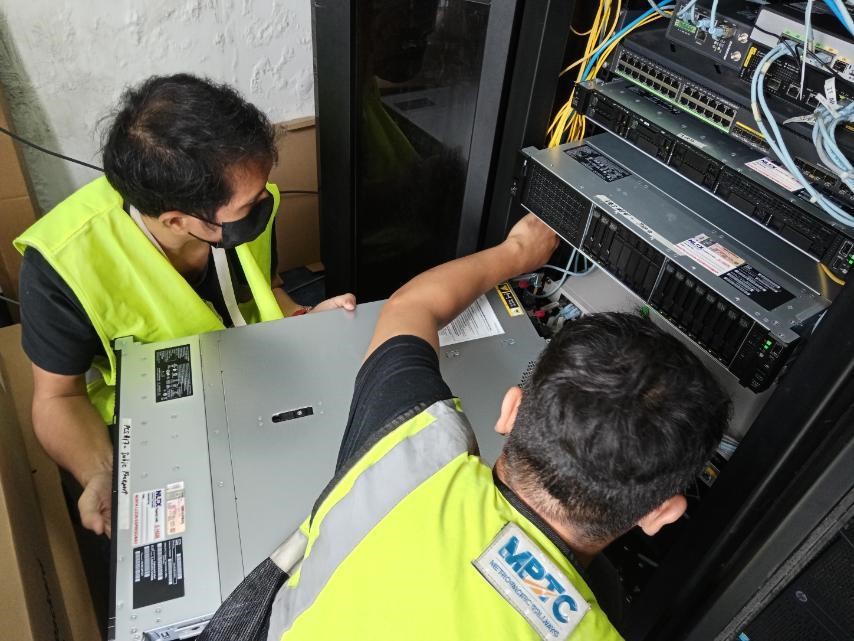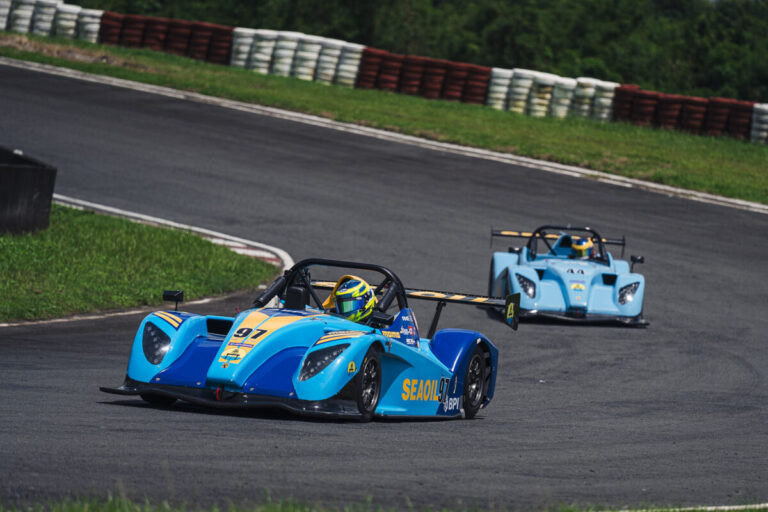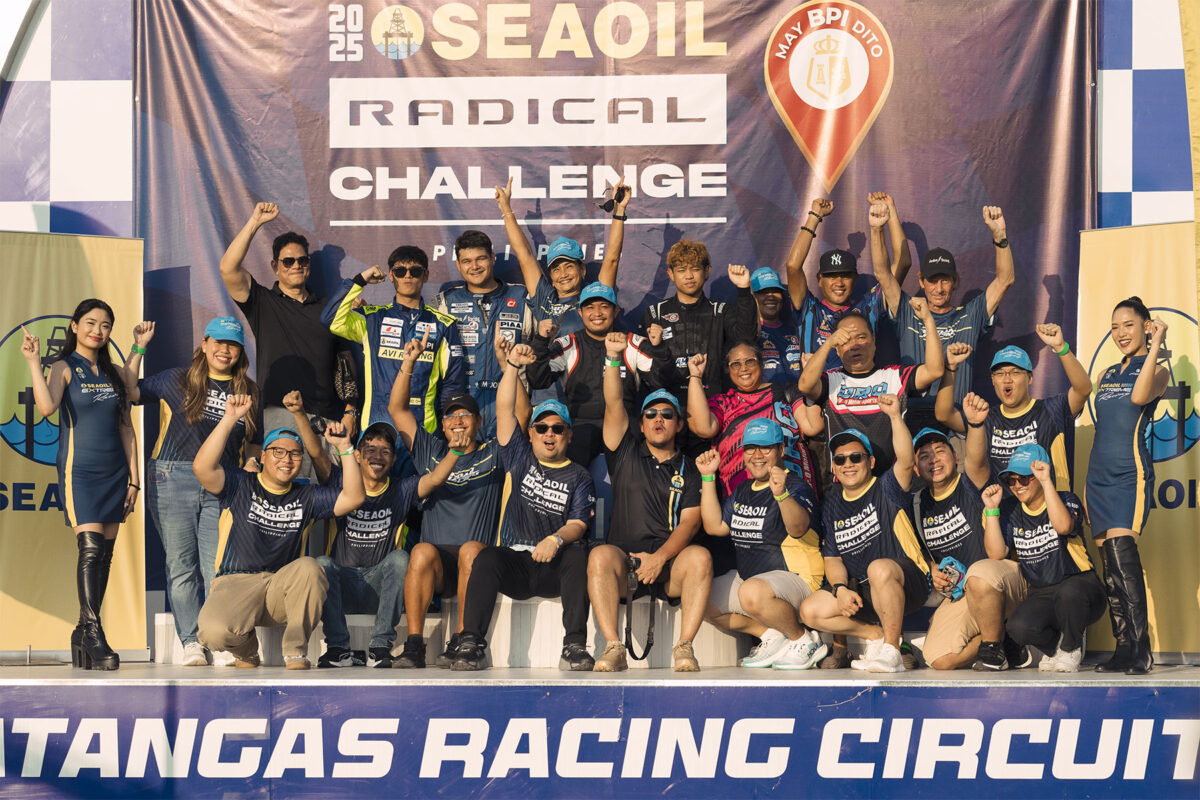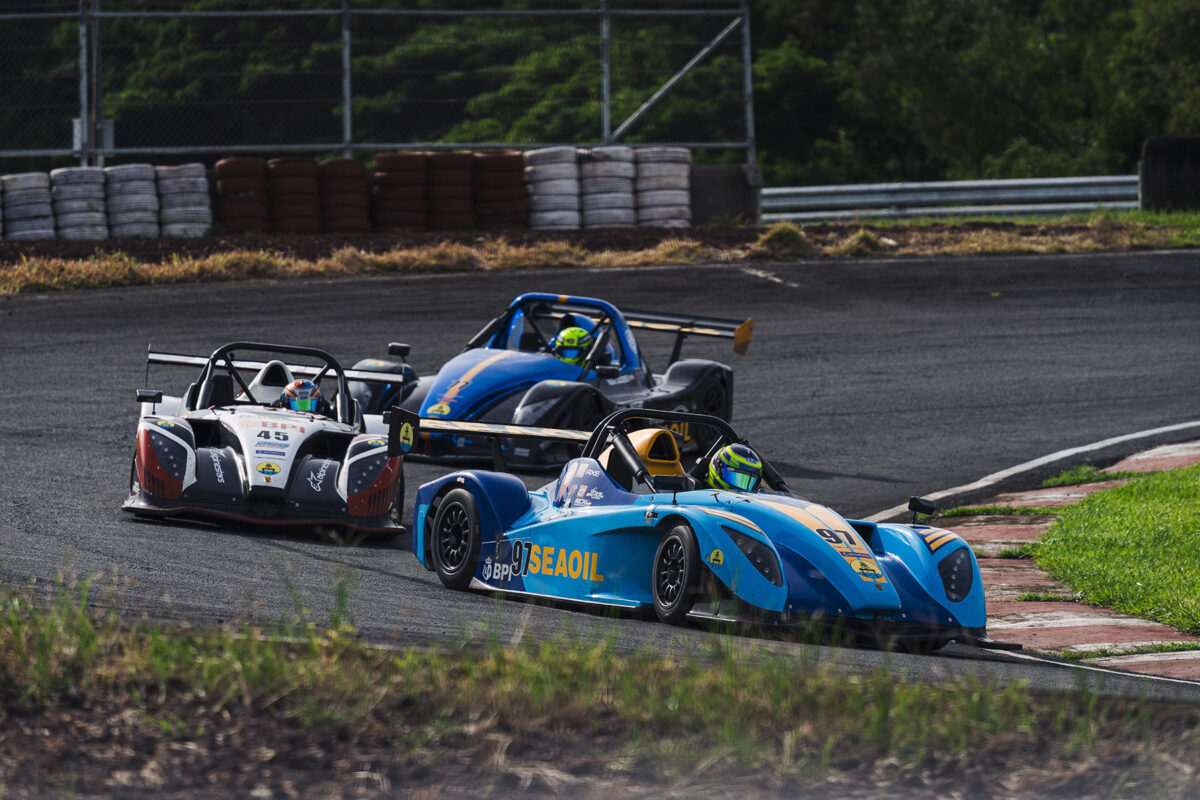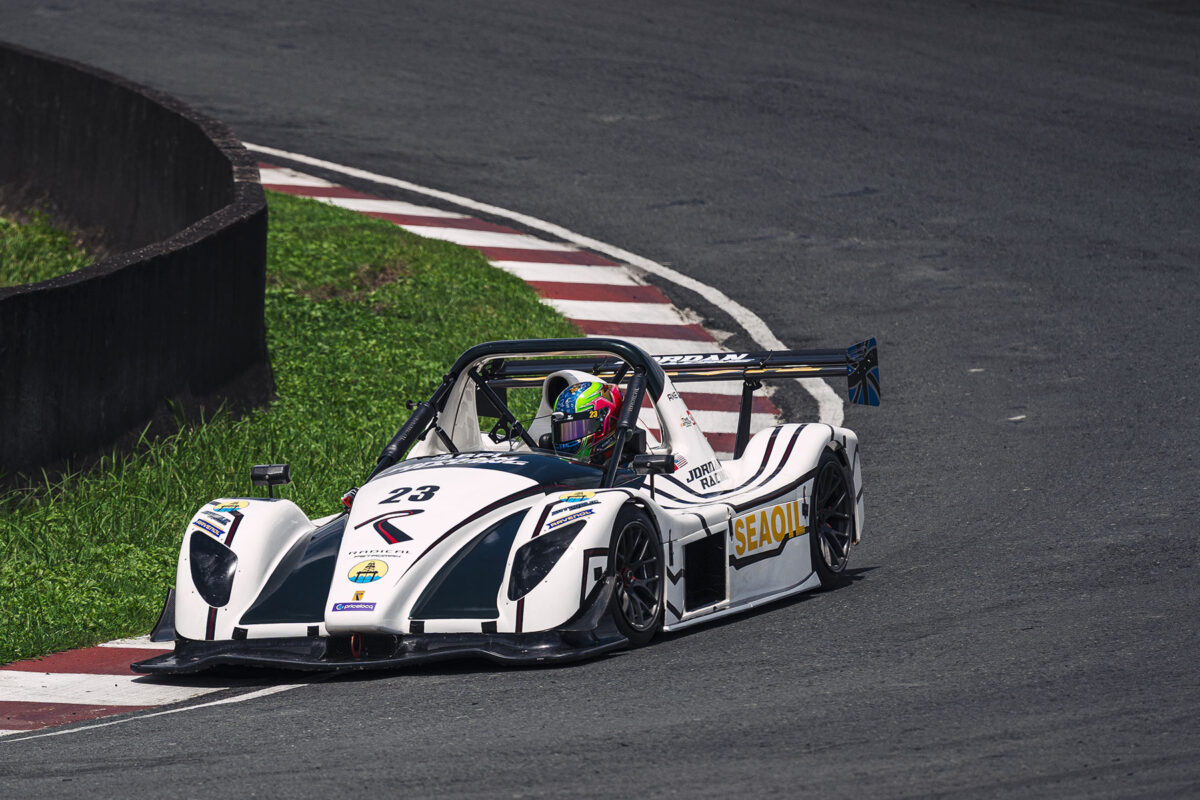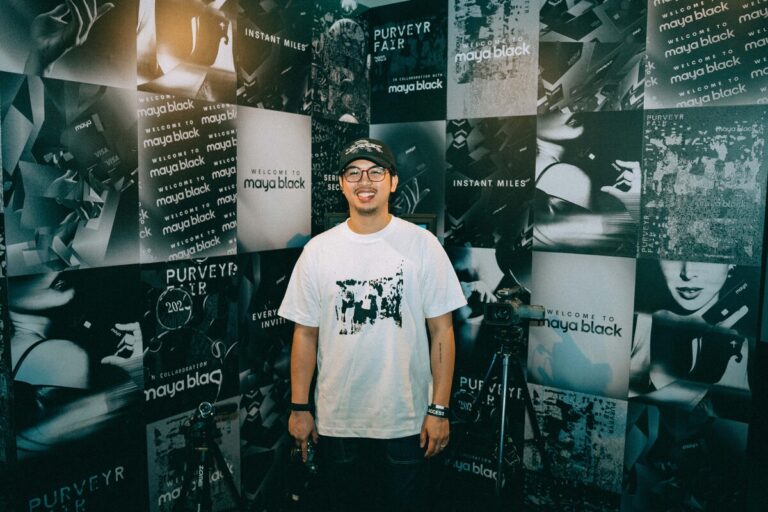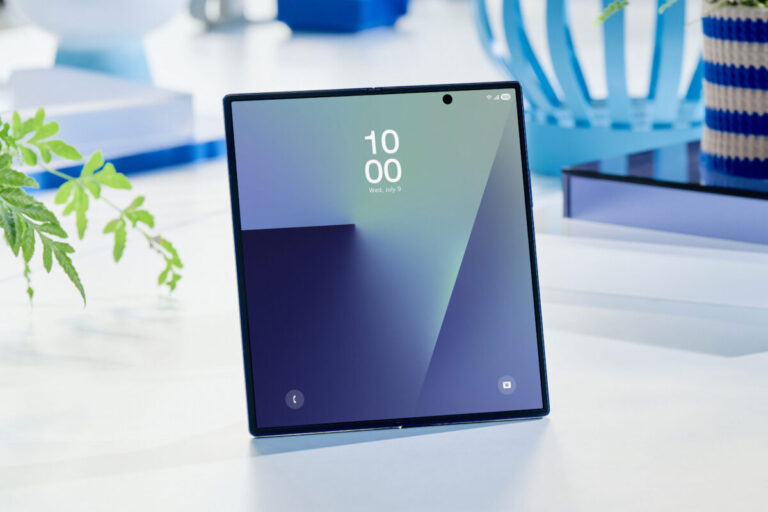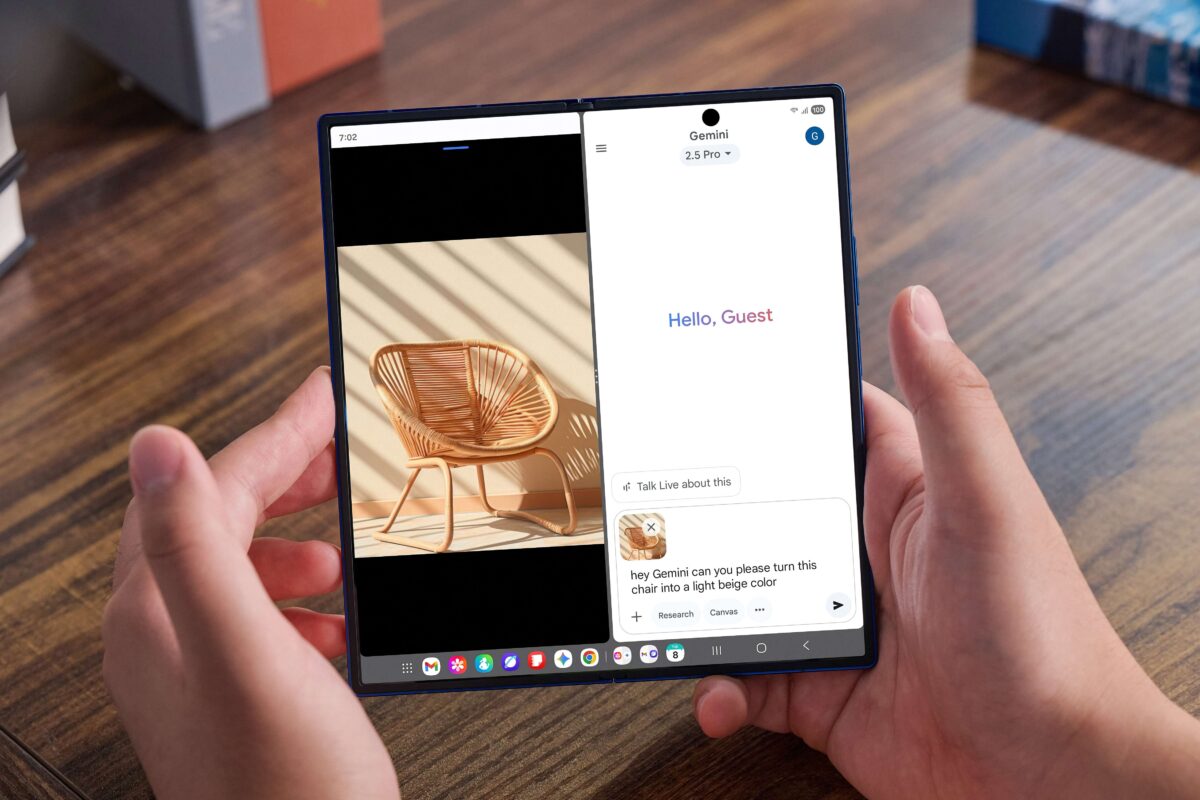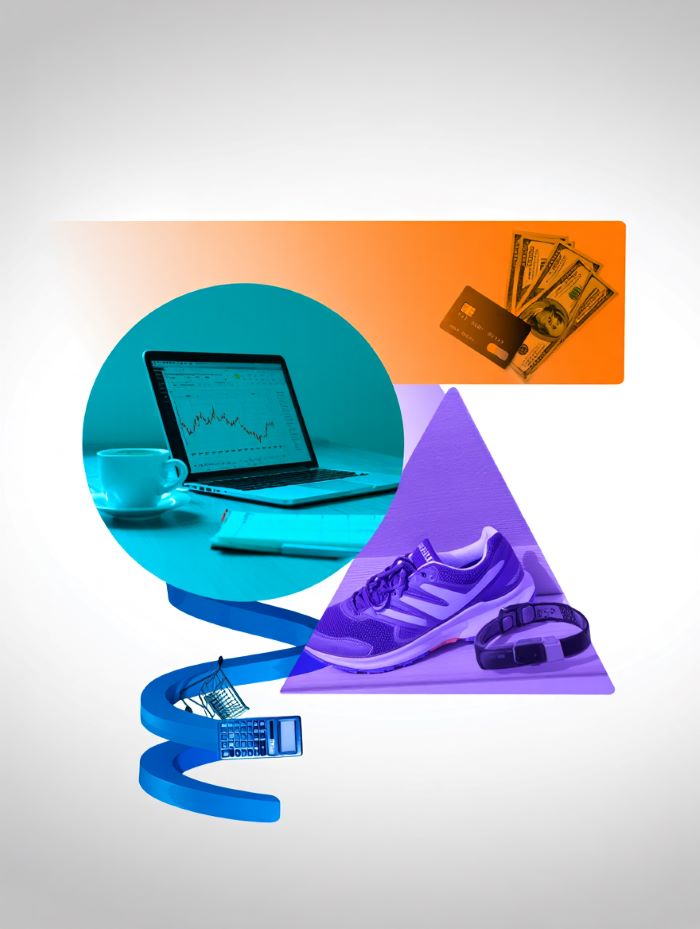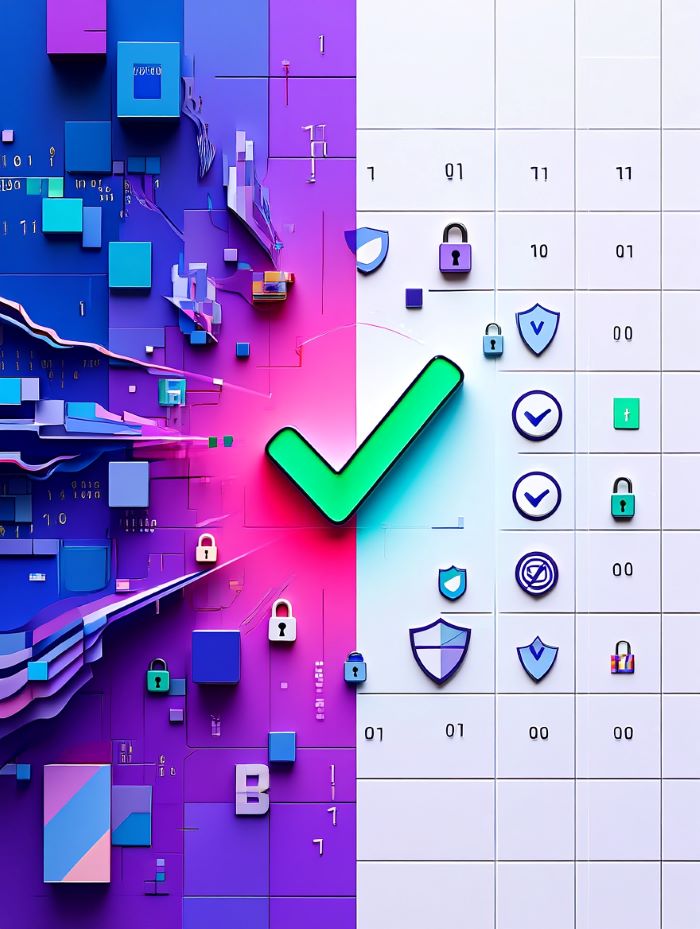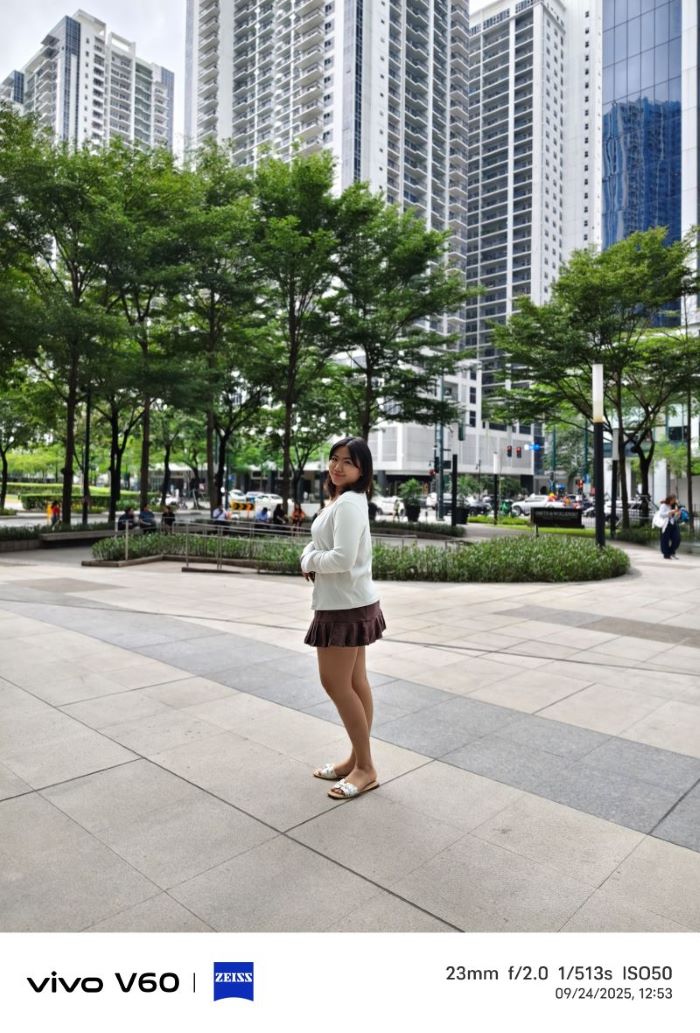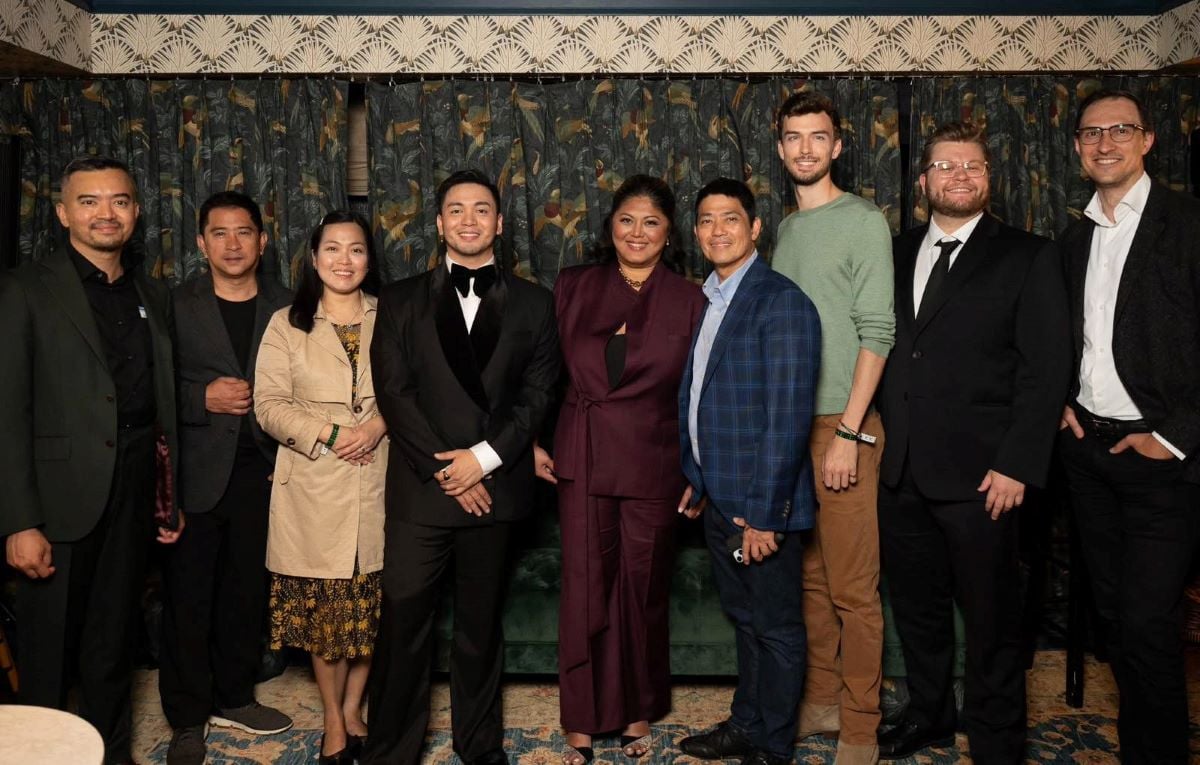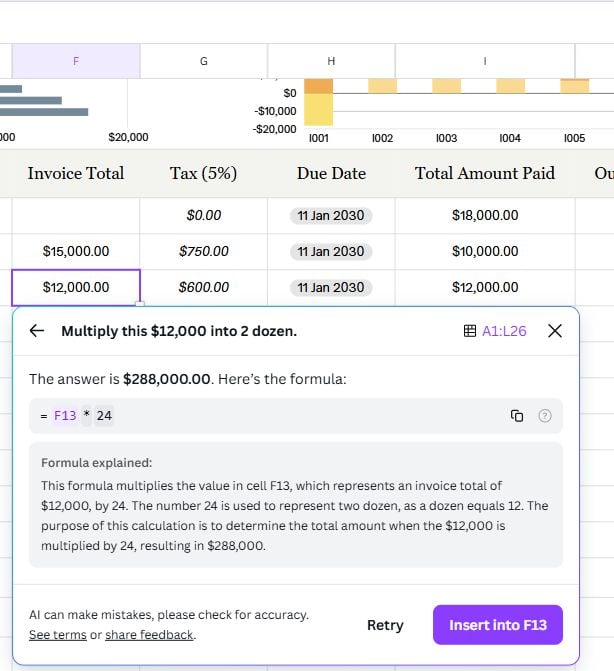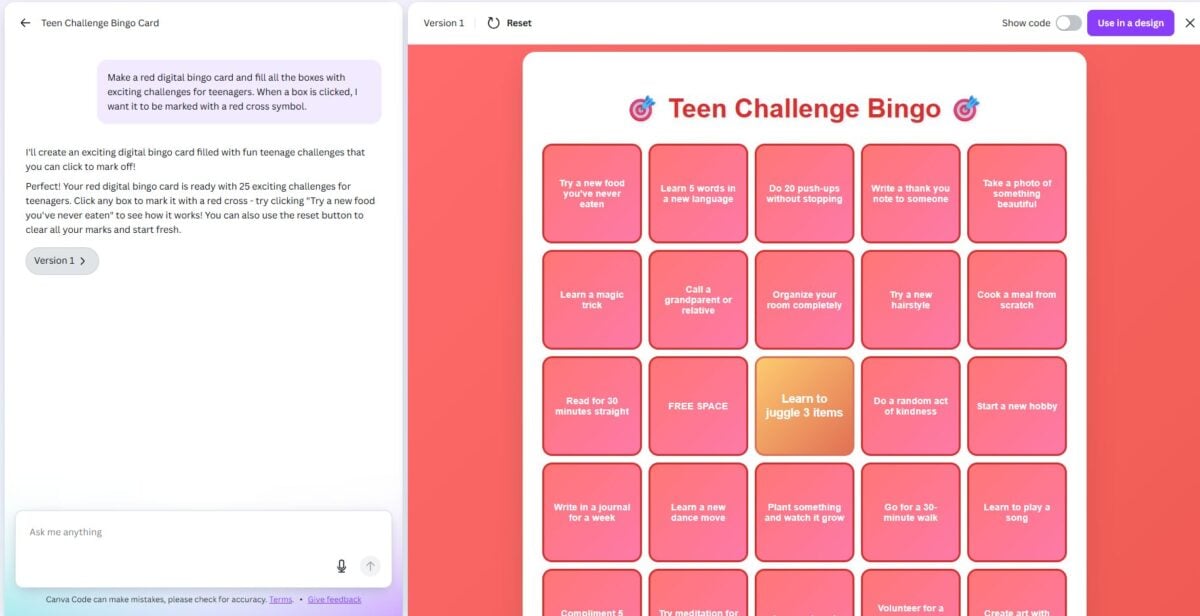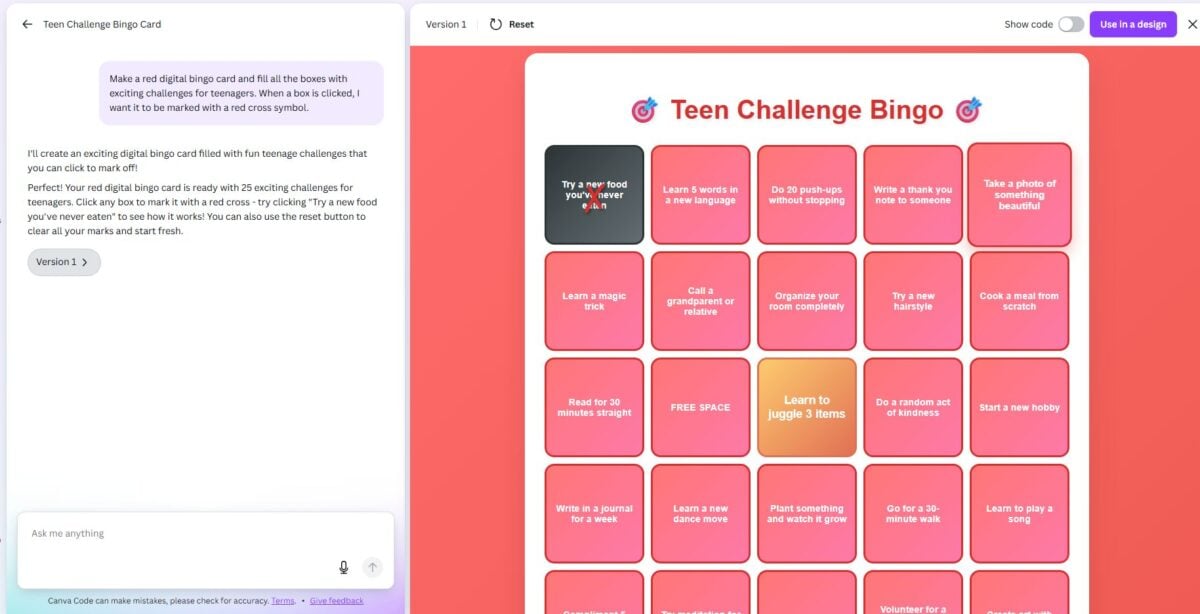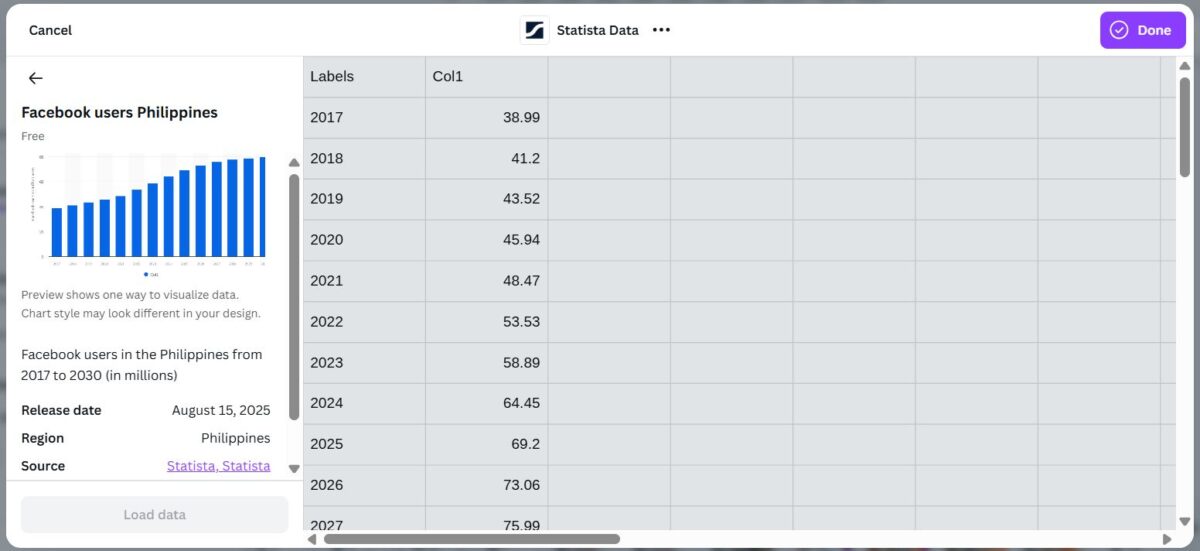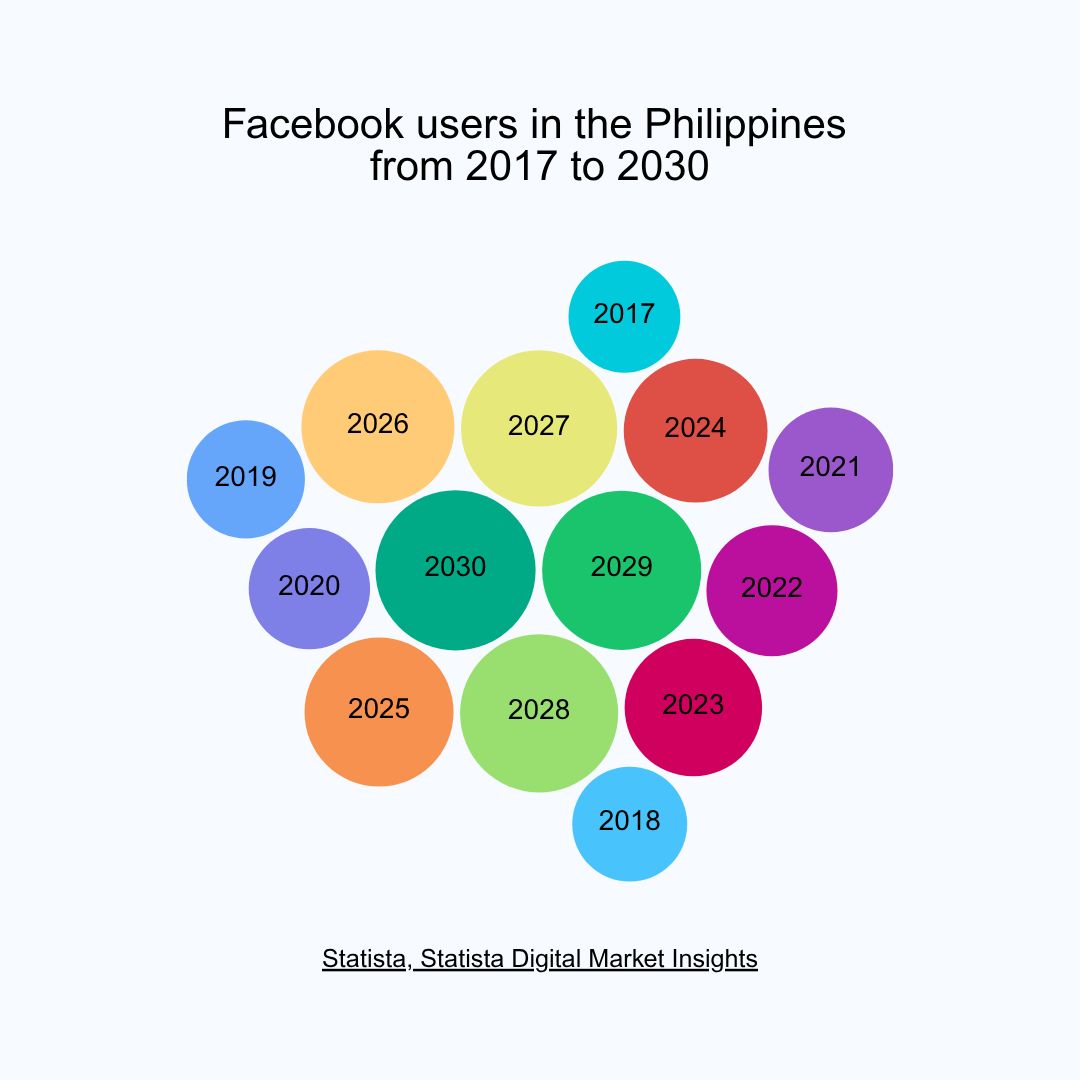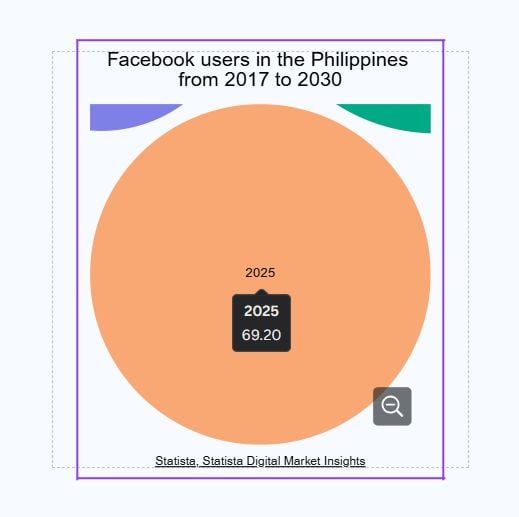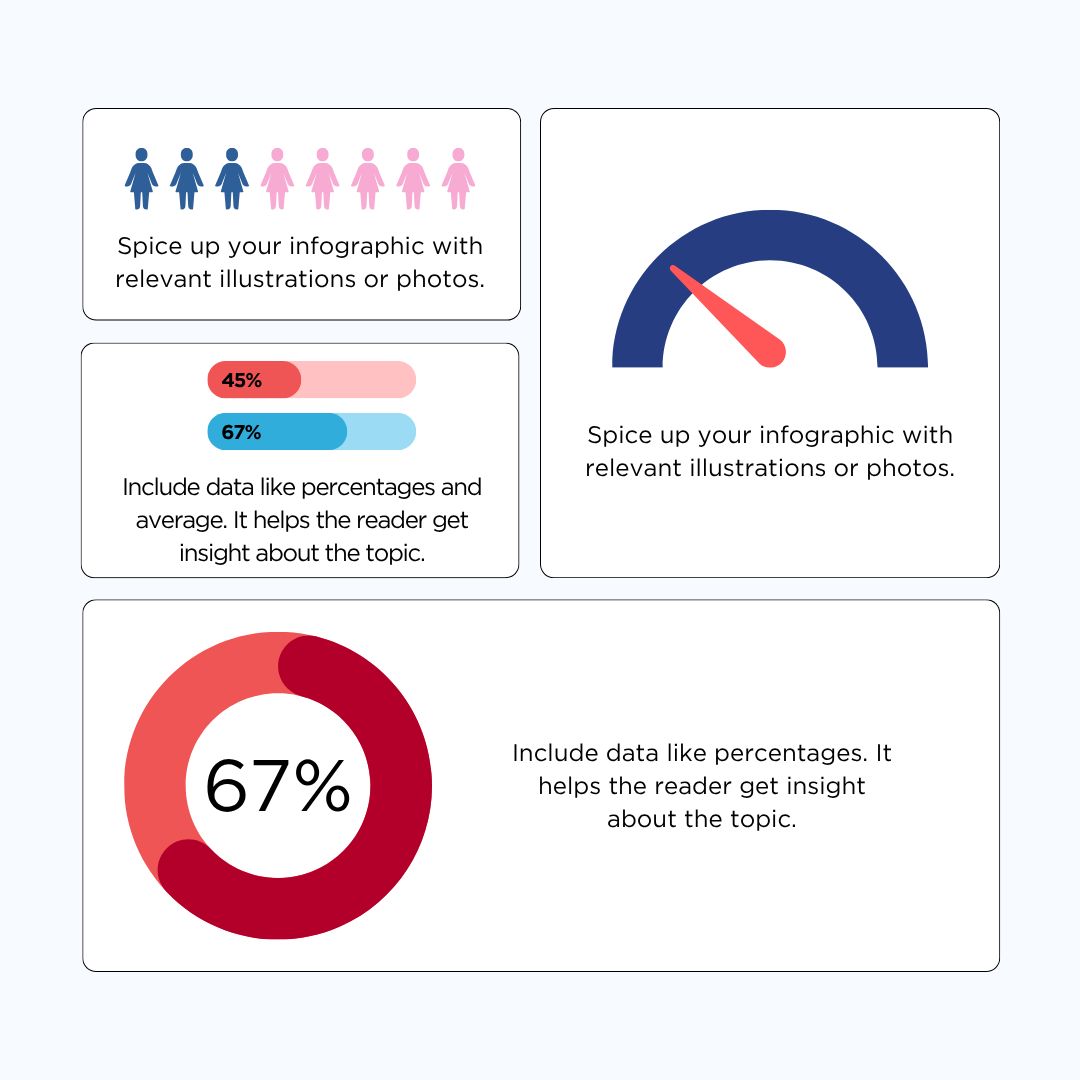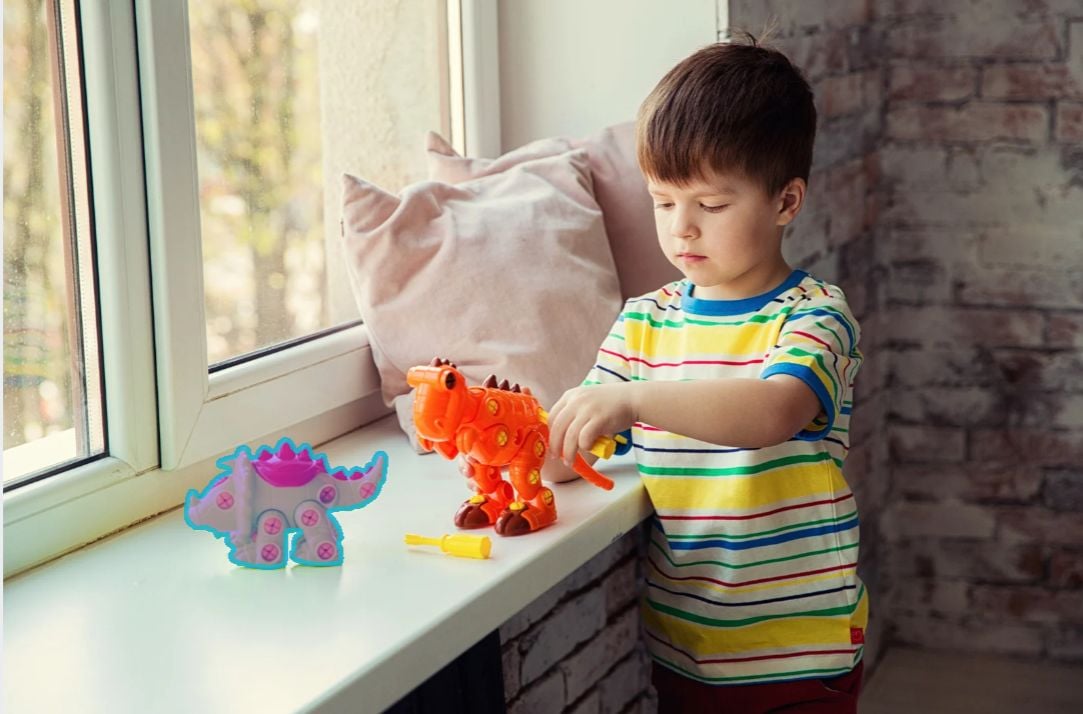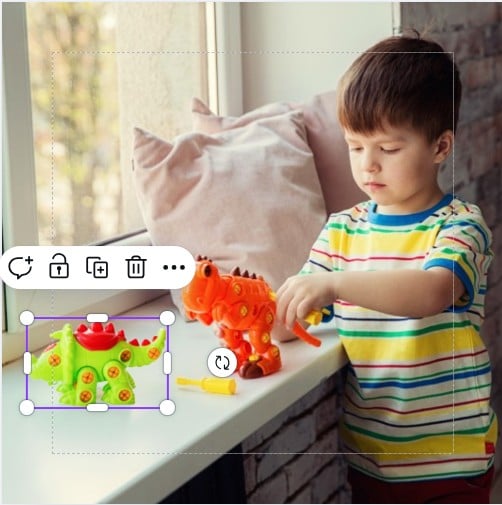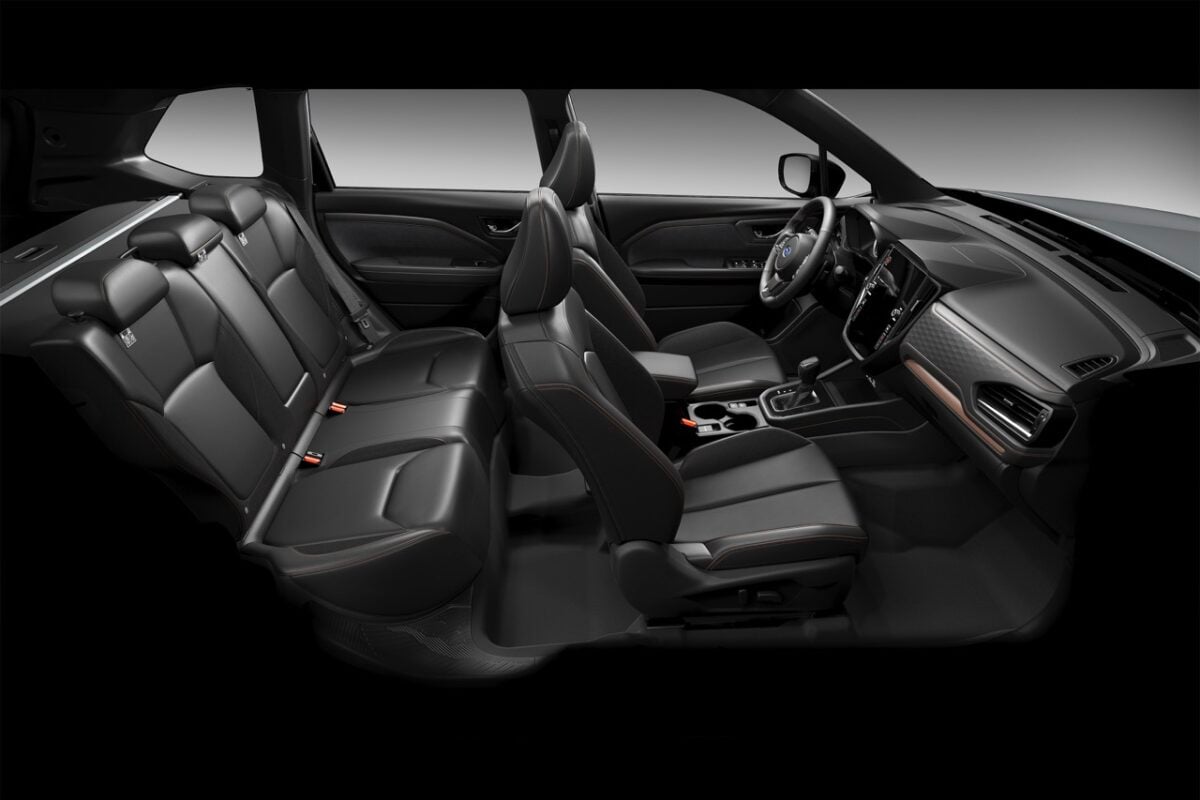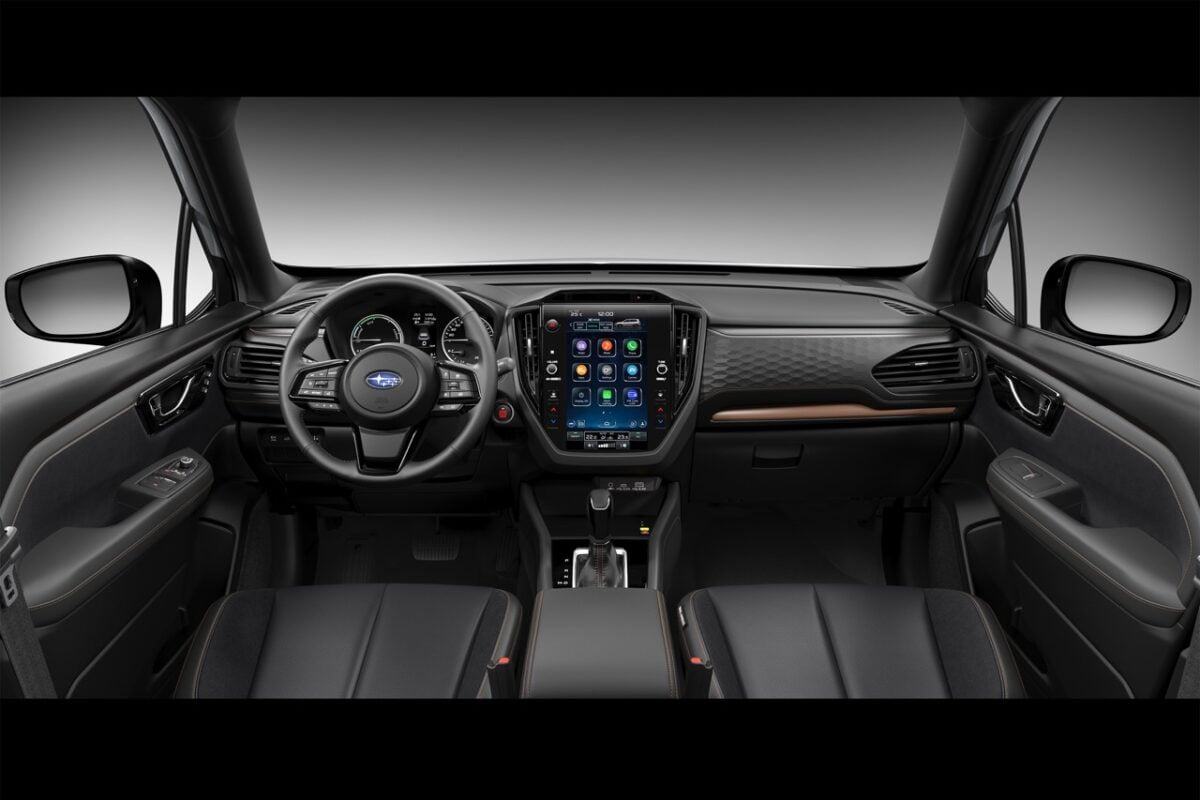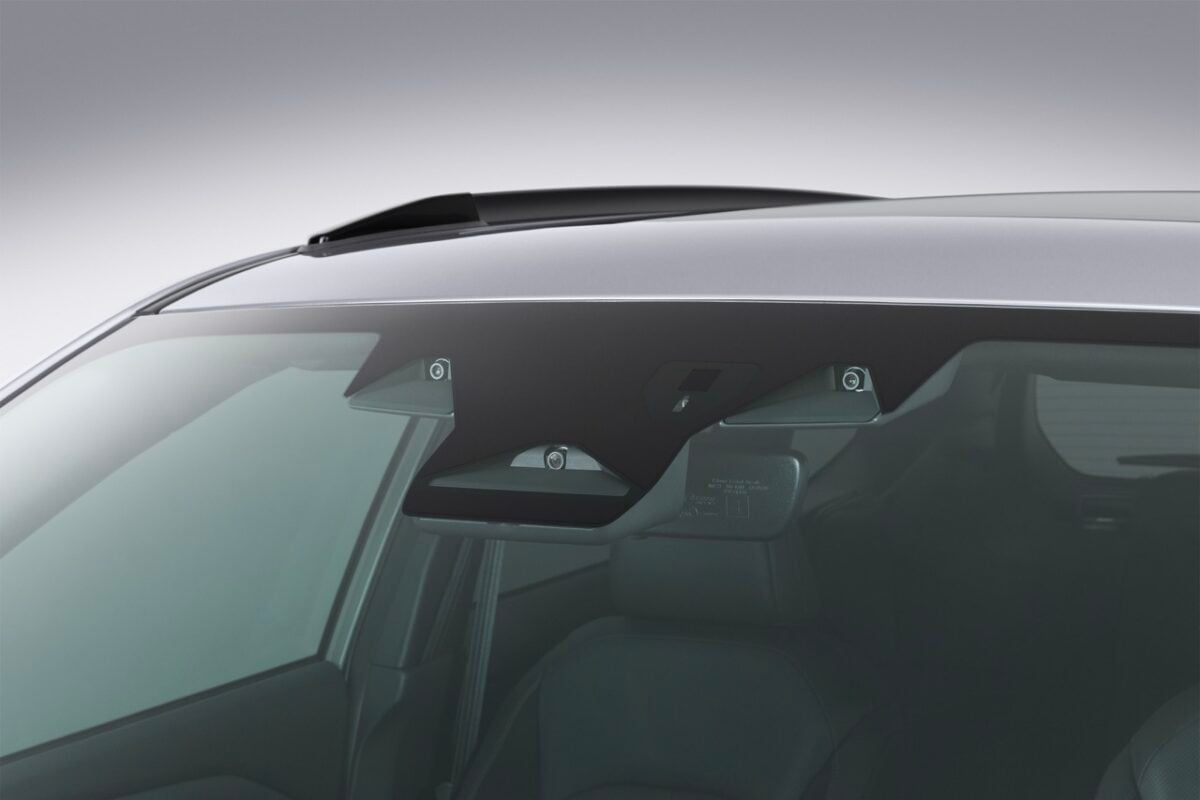Every new phone launch comes with the same big question: Does it bring anything fresh to the table, or is it just another pretty face with a spec sheet? The realme 15 Pro 5G positions itself as both an eye-catching device that also promises reliable performance, playful AI features, and all-day usability. After spending time with it, the phone feels less like a simple upgrade and more like a personality piece, blending style, brains, and a touch of quirk.
Design: 4.5/5
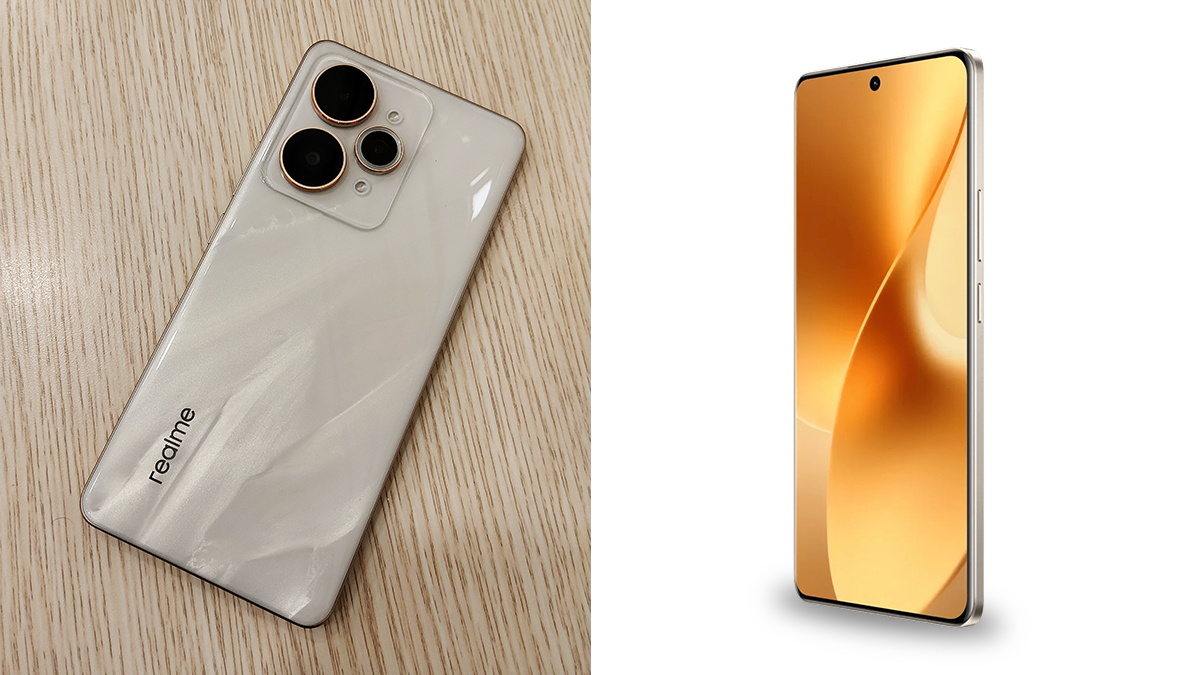
Opening the box felt like a blind box purchase because I had no clue which color variant I would get. To my surprise, I pulled out the Flowing Silver version. As a girl, that moment felt like a little unboxing win. The finish is so beautiful that using a case almost feels like a crime. The reflective silver catches light in a way that makes it look more like jewelry than just another gadget.
But there is a trade-off. The triple-camera setup on the back has huge lenses, which look striking but also make the phone awkward to place flat on a table. It wobbles in a way that is just uncomfortable to see. Beautiful, yes. Practical, not always.
Hardware: 4/5
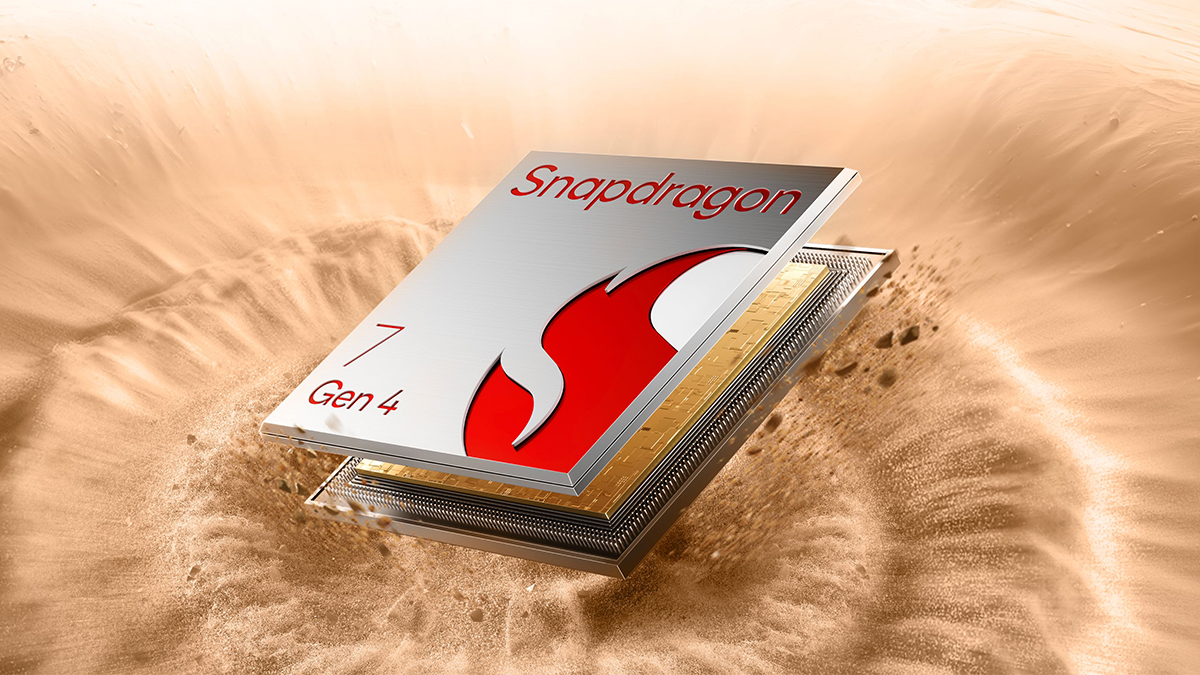
Internally, the realme 15 Pro 5G is powered by the Snapdragon 7 Gen 4 (5G, 4nm) chip, which makes everyday use feel effortless. Whether I’m gaming, juggling Spotify with messages, or falling into a TikTok rabbit hole, it doesn’t flinch. With 12GB RAM (expandable up to ~14GB), I can leave way too many apps open and it still runs smoothly. Storage is generous, with options of 256GB or 512GB, which feels like a green light to hoard K-drama episodes, thousands of photos, and way too many memes.
The display is where things get extra. The 6.8-inch 4D Curve+ AMOLED display with a 144Hz refresh rate makes scrolling through Instagram or YouTube buttery smooth, and the 6,500nits peak brightness means I can actually see my screen under the brutal Philippine sun. It’s like a little cinema in your hand but sharper and brighter than you’d expect.
Camera-wise, it’s fun to play with three 50MP lenses. The Sony IMX896 main sensor with OIS delivers crisp results, the ultra-wide lens is perfect for group shots, and the 50MP selfie camera makes you rethink ever settling for less.
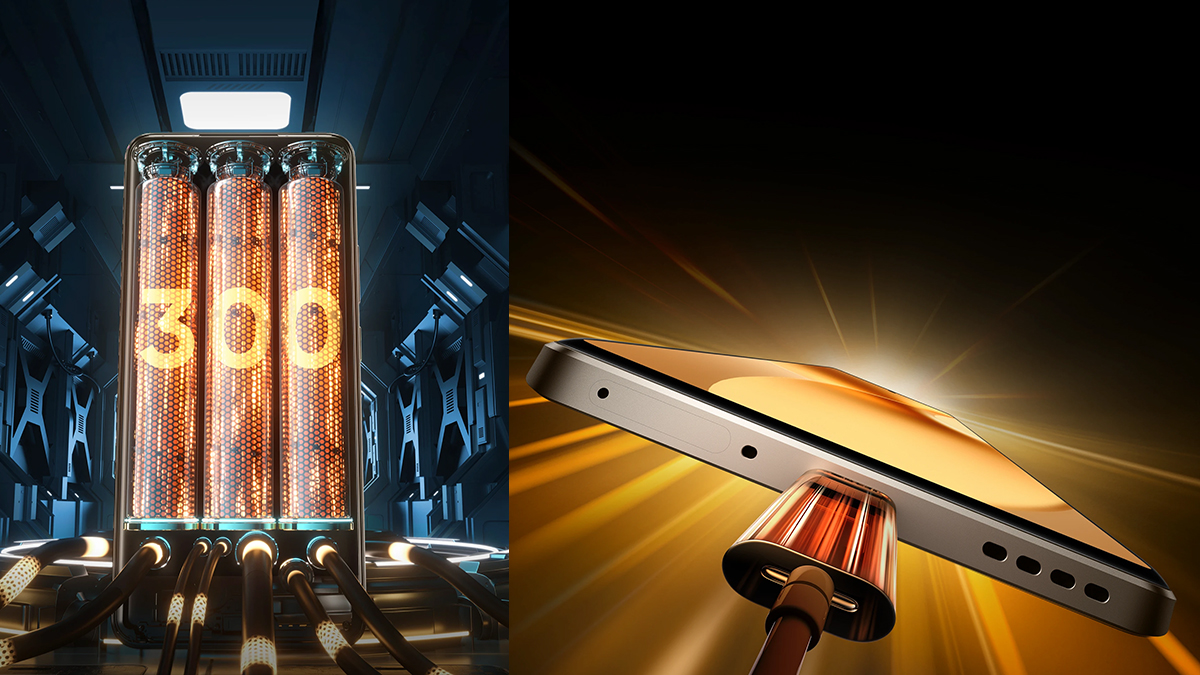
Then there’s the battery. Packing a 7,000mAh cell, this thing can handle a whole day of doom-scrolling and Netflix binges without panicking. When it does need juice, the 80W SUPERVOOC charging feels like grabbing a snack; you’re back at it in no time.
User Experience: 3.5/5
Using the realme 15 Pro 5G feels like having a pocket-sized entertainment buddy. The display is a joy to watch, especially for binge sessions. Colors pop in a way that looks realistic rather than exaggerated, which makes hours of Netflix or YouTube feel immersive. But here’s the catch: watch long enough and the phone gives off a bit of warmth in your hands. Not unbearable, but noticeable, like it is reminding you to take a break.
For gaming, it pulls through decently even on heavier titles like Mobile Legends and Call of Duty Mobile. Graphics look smooth, animations stay responsive, and the 120Hz refresh rate helps keep gameplay fluid. The only trade-off is that extended gaming sessions can heat it up, so you might want to keep breaks in between matches.
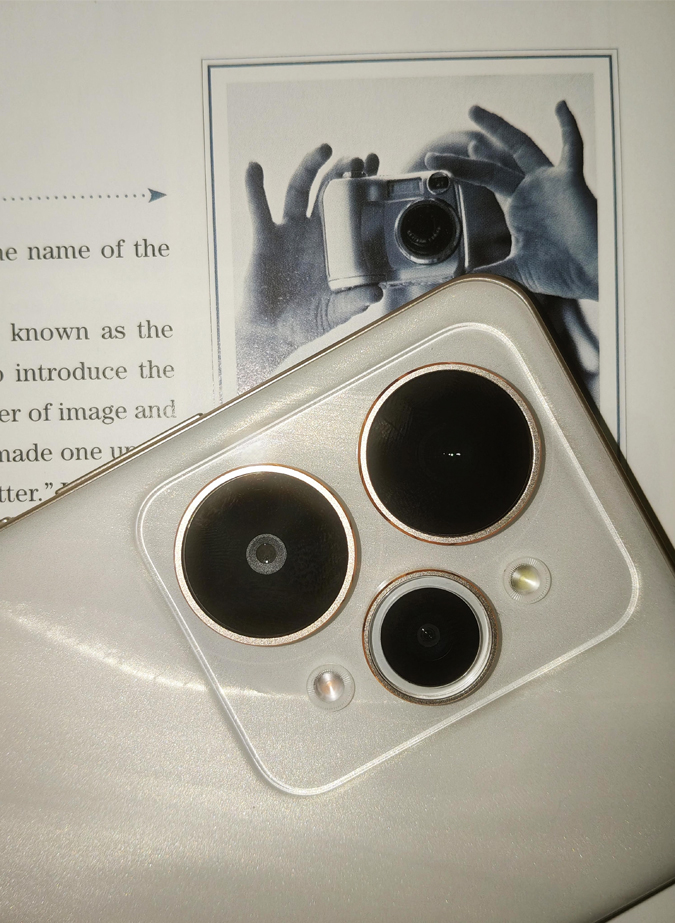
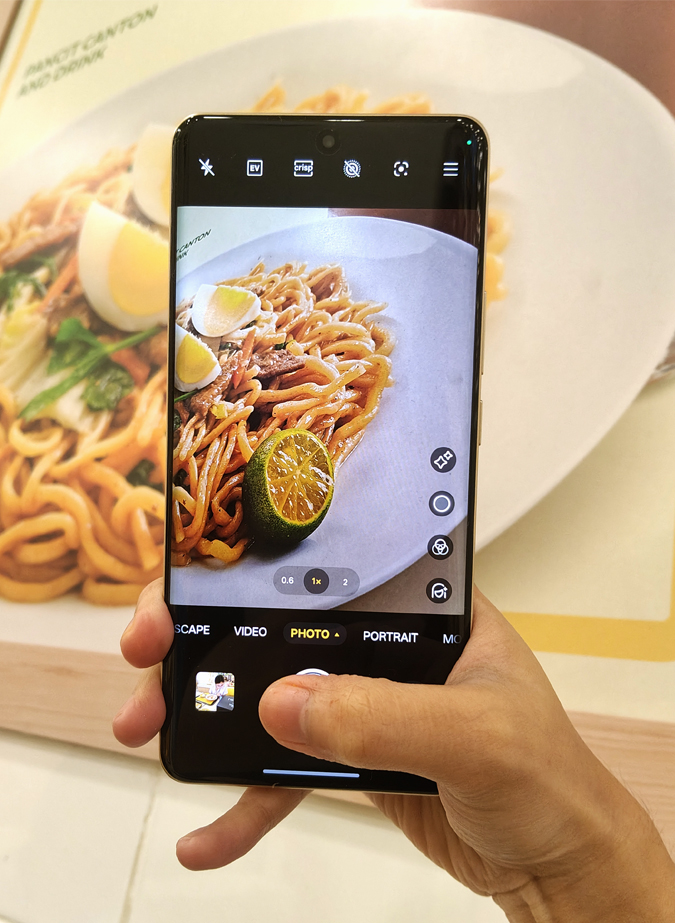
The star of the realme 15 Pro 5G experience, though, is the AI Genie. Think of it as your built-in photo editor that listens to oddly specific wishes. I tested it with a few fun prompts. First, I asked it to turn a massive dog into a cat, and the result was decent. It actually looked like a cat, though nothing too mind-blowing. Next, I told it to swap out the man on a book cover for a woman, and it managed to pull it off in a way that was recognizable but not perfect. Lastly, I had it erase the words “Artificial Intelligence” on the same cover. It got messed up. Just like any generative AI, the more detailed your instructions, the better the outcome. It feels almost like chatting with a genie, except this one sometimes takes your wish a little too literally.
On top of that, I also tried out the Starburst and Heart lighting effects. They are undeniably cute and fun for quick experiments, but honestly, they are more of a “just because you can” feature. Playful? Yes. Essential? Not really. They land in that category of features you will try once or twice for the novelty, then forget about until you are bored at 2 AM.
Value: 4/5

The realme 15 Pro 5G comes in at PHP27,999 for the 12GB + 256GB variant. It is not exactly budget-friendly, but you are paying for a combination of premium design, reliable performance, and an AI-powered camera experience. For those who want a phone that looks stunning and has enough brains to match, this price tag feels justified.
Bottomline
The realme 15 Pro 5G is like that friend who is effortlessly pretty but also surprisingly smart. It nails design with its Flowing Silver finish, delivers dependable performance for everyday use, and adds playful AI features that you can show off to friends. Sure, it runs a little warm and has a few gimmicky tricks, but if you are after a phone that balances style, performance, and fun, this one makes a strong case for itself.
What’s Hot:
- Stunning Flowing Silver design
- 6.8-inch 4D Curve+ AMOLED display
- Triple 50MP cameras
- AI Genie photo editing
- 7,000mAh battery with 80W SUPERVOOC charging
- Slim and lightweight for the battery size, making it comfy to carry
What’s Not:
- Big camera bump
- Phone gets warm
- Effects seem gimmicky
Specifications:
- Triple 50MP AI Cameras with 4K @ 60fps video on all three rear lenses
- Processor: Snapdragon 7 Gen 4 (5G, 4nm)
- Battery: 7,000mAh typical (6,830mAh rated) with 80W SUPERVOOC charging
- Display: 6.8-inch 4D Curve+ AMOLED, 144Hz refresh, peak brightness ~6,500 nits, protected by Corning Gorilla Glass 7i
- RAM/Storage options: 12GB RAM (with dynamic RAM expansion) with either 256GB or 512GB storage
- Cooling: 7000mm² Airflow Vapor Chamber Cooling System
- Thickness: ~7.79 mm slim design
Reviewed by Aljhelyn Piador
Also published in GADGETS MAGAZINE Volume 26 Issue No. 3
